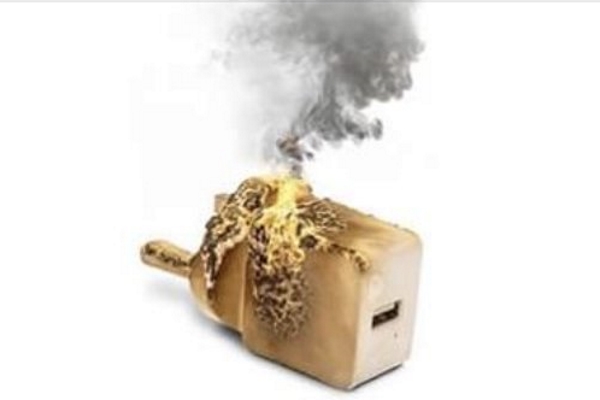
The UK is facing a steady increase in the number of unsafe products prompting safety alerts, and the situation could get worse if the UK makes a disorderly exit from the EU.
That is the view of Which?, the UK-based consumer watchdog, which says that over the last 10 years the number of safety alerts has increased 34 per cent from around 1,500 in 2008 to almost 2,100 last year. The country is facing “a rising tide of unsafe toys, cars and white goods if the government does not reform the system,” it claims.
The analysis is based on figures from the European Commission’s Safety Gate rapid warning system, which brings together the monitoring and information-sharing efforts of 31 European countries. That system isn’t perfect, but if Brexit leaves the UK out of the scheme then the British public could be exposed to even more risk.
“It would have to rely on its own domestic setup or until the European alerts are made public,” says Which?, and the UK’s own consumer enforcement system based around the deeply cut back trading standards authorities “is ill-equipped to handle such a volume of unsafe products” without major reforms.
“The government must secure continued access to European alert and information sharing systems, as well as take the opportunity to build better intelligence sharing systems with countries outside the EU,” it adds. One important step would be to set up the Office for Product Safety and Standards (OPSS) as an independent body, according to the consumer group.
The Safety Gate data shows that in 2018 toys and motor vehicles were the product categories with the highest number of safety notices, at 655 and 419, respectively. More than 200 clothing, textiles and fashion items were flagged as unsafe, along with 176 products in the electrical appliances category and 121 for products listed as cosmetics.
The number of safety notices for motor vehicles has more than doubled in the past 10 years, when it stood at 167, while alerts for toys has gone up by more than 150.
In total, 180 products highlighted in the alert system last year were listed as a fire risk, 248 an electric shock threat and 397 a choke hazard.
Caroline Normand, Which? director of advocacy said: “With more products than ever before being declared unsafe, it’s clear that an already failing consumer enforcement system needs a major shake up to ensure that people aren’t left at risk from dangerous products in their homes.”
“If it is to make people’s safety the number one priority, the government must secure access to the European alert and information sharing systems after Brexit, as well as introduce major domestic reforms to ensure
consumers are properly protected from unsafe products.”
Counterfeit and pirated products are considered to be particularly risky, and according to figures from the OECD and EUIPO represent up to 5 per cent of the EU’s €85bn-worth of annual imports.
Tosshan Ramgolam, brand advisor at online brand protection company Incopro, thinks that it is also important for the UK to continue to participate in (and fund) customs duties for agencies like the European Anti-Fraud Office (OLAF).
“This is at least until the UK is able to replicate existing systems and procedures and implements a co-ordinated approach to customs controls, anti-fraud and counterfeiting,” he said.
©
SecuringIndustry.com





